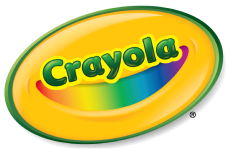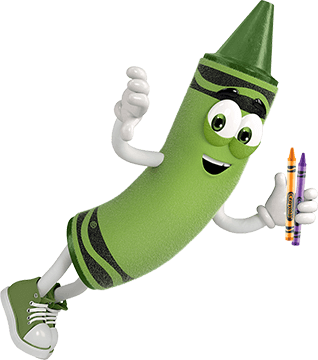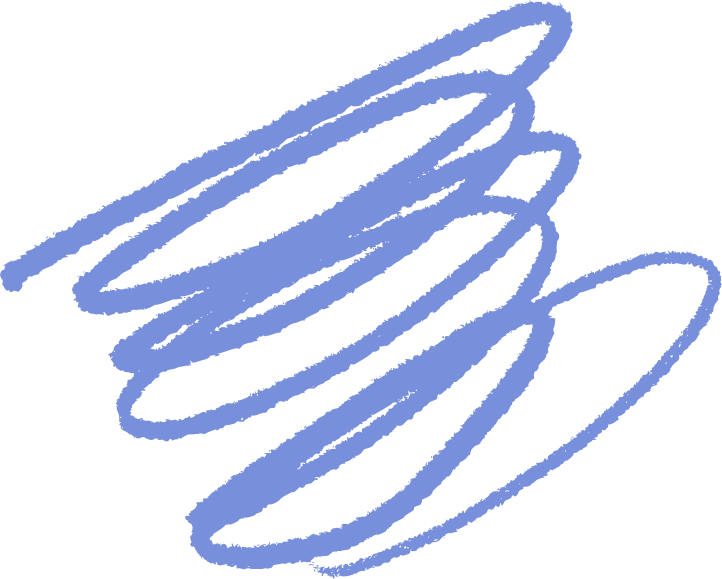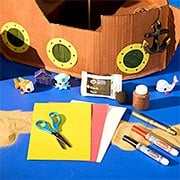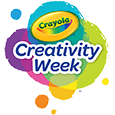El depósito de polvo que puede ver en la superficie de su producto Crayola se llama floración. Esto ocurre de forma natural y es perfectamente seguro.
Bloom aparece en productos a base de cera Crayola, como crayones y lápices de colores. Ocurre cuando el aceite contenido en la cera de parafina utilizada en estos productos se filtra a la superficie y se vuelve a cristalizar en un polvo lechoso. También puede ver esto con esculturas hechas con arcilla Crayola Air-Dry a medida que el producto envejece o se expone a diferentes temperaturas y humedad. Tenga la seguridad de que este proceso es inofensivo y la sustancia pulverulenta y la cristalización no afectan la calidad ni el rendimiento del producto. Retirar limpiando suavemente con un paño seco.
Si tiene más preguntas, ¡queremos saber de usted! No dude en enviarnos un correo electrónico, llamarnos o enviarnos un mensaje de texto al 1-800-272-9652 de lunes a viernes entre las 9 a. m. y las 4 p. m., hora del este. Es posible que se apliquen cargos por mensajes de texto.
Si tienes preguntas adicionales, ¡nos encantaría saber de ti! No dudes en llamarnos o enviarnos un mensaje de texto al 1-800-CRAYOLA días laborables entre las 9 AM y las 4 PM hora del Este. Si prefieres enviarnos un correo electrónico, visita nuestra página de contacto.
Preguntas relacionadas
Explora respuestas a preguntas comunes, consejos útiles para eliminar manchas e ideas creativas para aprovechar al máximo nuestros materiales de arte y recursos gratuitos.
-
Color Wonder is a patented mess-free creative system of inks and paints, developed by Crayola scientists.
Is Color Wonder Safe?
- Just like all Crayola products, Color Wonder is nontoxic.
What makes Color Wonder different from Washable Markers and Paints?
- Color Wonder inks and paints are clear, and colors appear only on special Color Wonder paper. Kids love to watch the colors magically appear, and parents love the fact that Color Wonder inks and paints will not appear on skin, walls, or carpet.
What Color Wonder products are available?
- There are so many ways to create with Color Wonder! With Color Wonder markers, paints, and stampers the possibilities are endless. Learn more about the Crayola Color Wonder line.
Can I reuse my Color Wonder Paper?
- You cannot reuse the same piece of Color Wonder paper twice.
-
The first part of the Crayola Crayon color name is an adjective describing the second color name on the crayon. Green-blue is really blue with a touch of green, while blue-green is really green with some blue pigment in the crayon. The same holds true for orange-red and red-orange.
-
According to Merriam-Webster, the proper pronunciation of crayon is in two syllables: krā-än. However, variations in pronunciation may occur due to individual and regional dialects. It's important to note that "crayon" is a generic term, while Crayola® is our company name and a registered trademark brand.
-
Crayola has 800,000 square feet of manufacturing and warehouse space in the Lehigh Valley. The crayon manufacturing area is 54,000 square feet in the crayon packing area, and 34,000 square feet in the molding and labeling area. The Forks I facility, which houses the crayon manufacturing area, is 460,000 square feet of space.
-
Crayola® Dough, Glitter Dots, and Easy Peel Crayon Pencils are manufactured with wheat (flour) as an ingredient and therefore are not considered gluten free. Most other Crayola products, including Silly Putty, do not contain wheat or other grains known to be a source of gluten.
Multiple Crayola products are produced in the same manufacturing facilities and on the same machinery. While there is a slight chance of cross-contamination, the machinery used to manufacture Crayola products is cleaned between production runs in a manner that meets or exceeds all regulations.
This does not apply to licensed products, such as Crayola-brand bath, personal care, or food items, which are manufactured by licensing partners. Please check the back of the packaging for manufacturer details or contact us with any questions.
